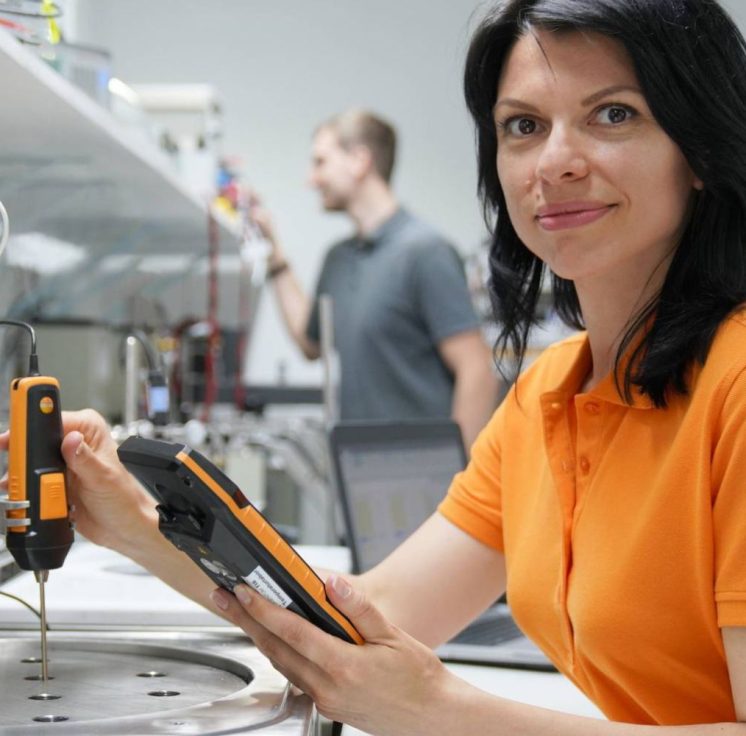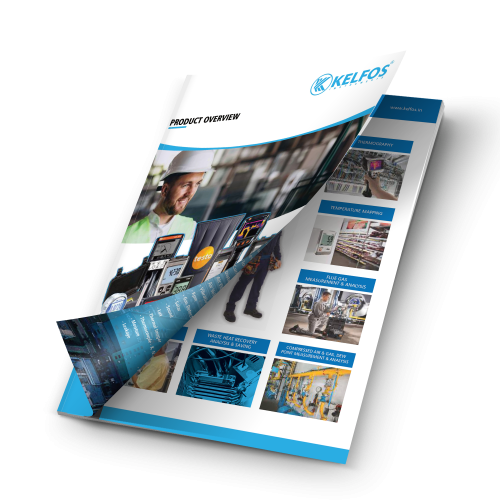Using Alkaline Buffers For Calibrations Is Not Without Risk
Using buffer solutions with levels that fall within the nominal measuring range of your application is standard practise when calibrating pH sensors. For instance, while performing a two-point calibration, the usage of buffers 4 and 7 is best suited for a measurement range of 5 to 6 pH. The use of high pH (alkaline) buffers is necessary in some applications for two-point or three-point calibrations since not all pH readings are acidic. Here, we’ll go over the volatile properties of these buffers and how to use them correctly to get precise high pH readings.
Aqueous solutions known as buffers keep their pH stable even when modest amounts of acids or bases are added. When technicians calibrate loops in the field where sensor cleanliness can be in doubt, this stability is helpful. While alkaline buffers absorb carbon dioxide from the atmosphere, acidic and neutral buffers are exceptionally stable. The buffer solution’s pH is lowered as a result of the buffer solution’s water and carbon dioxide reaction, which produces carbonic acid. Therefore, a buffer with a high pH value starts to neutralise as soon as it is exposed to air.

Experimenting with Alkaline Buffers
The graphs below show the effect of carbonic acid over a 24-hour period on 50 mL of a 10.01 pH NIST technical buffer in an open 150 mL beaker. During this time, the pH of this buffer actually decreased by 0.15 pH, going from 10.04 to 9.89.
The slope decreased from 58.7 mV/pH (99.2%), where the zero remained stable, to 55.9 mV/pH (94.5%). Now picture a technician calibrating loops in an environmental discharge or a crucial control point using deteriorating alkaline buffers. At the higher end of the range, this would result in concerns with measurement accuracy.
Best Practices for Calibration Accuracy
We talked about pH calibrations with automatic calibration capabilities in an earlier article. When employing alkaline buffers, the following advice is given to avoid measurement errors:
Use different containers to measure things. Never submerge a sensor inside of its storage container into a buffer.
Within a few days of opening, completely consume opened containers or dispose of them. To keep track of passing time, mark any container with the date of opening.After dispensing, close the containers to stop dust and/or air contamination.
Make use of the tiniest container you can. If use is infrequent, take into account single-dose packages. If use is frequent, take into account dispensers that restrict air from entering the container.

Summary
The measurement of pH involves several difficult applications and sometimes expensive events. High temperatures and measurements in alkaline regions are known to damage sensors. Environmental discharge that exceeds permissible limits and variations in crucial control points that result in off-spec products are additional expensive incidents. Operations and maintenance staff become upset when measurement differences between grab samples and field instruments occur.
Calibrations work on the same principle as any equation: garbage in, junk out. Inadequate calibrations frequently result in the premature disposal of sensors and the more expensive implications of an inaccurate measurement. For each calibration, use precise and brand-new buffer solutions to ensure you are minimising the cost of ownership.





